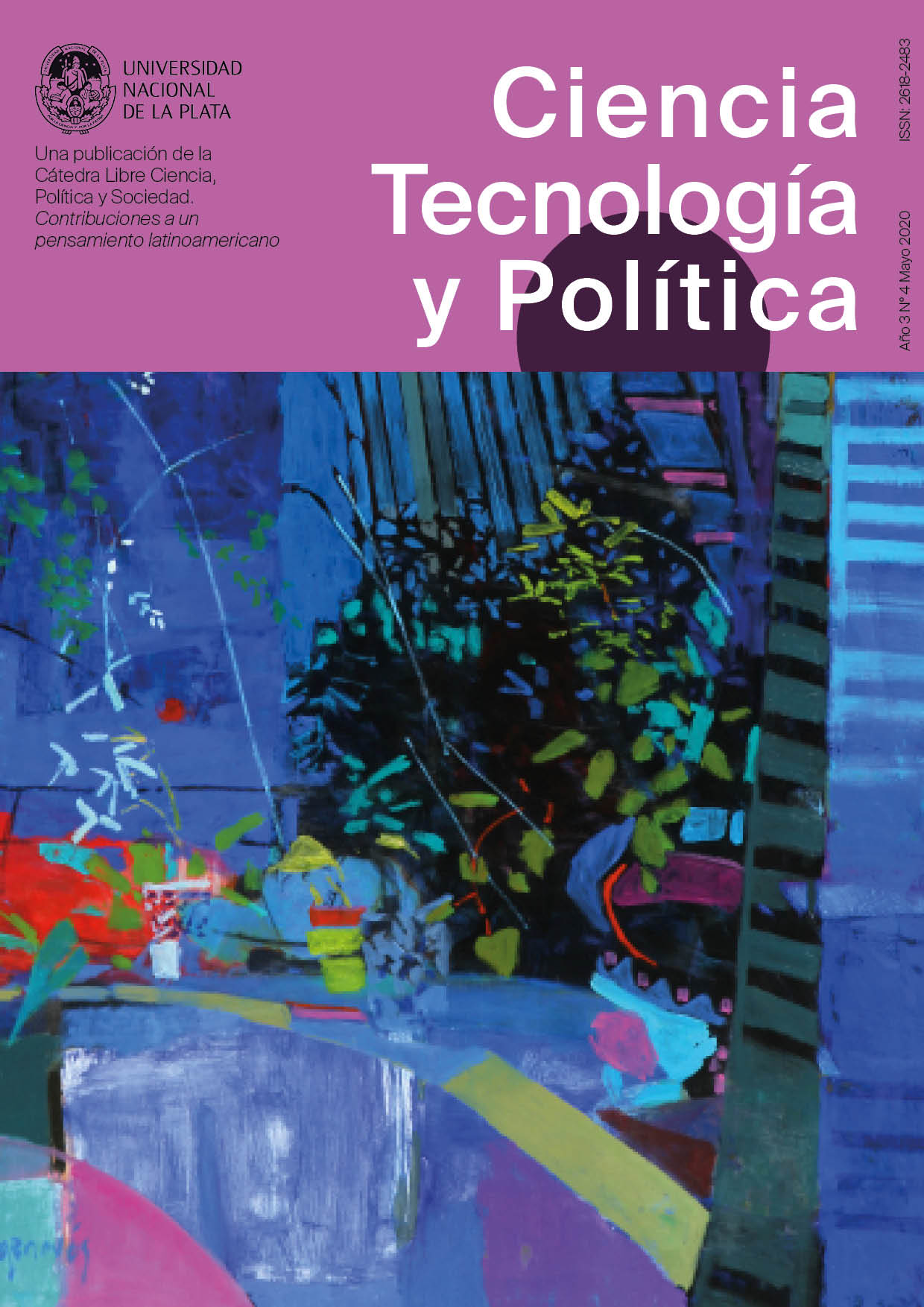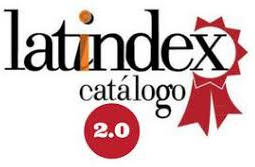Cálculo político y planificación
Los modelos numex desarrollados por Oscar Varsavsky y colaboradores
DOI:
https://doi.org/10.24215/26183188e039Palabras clave:
numex, modelos matemáticos, Oscar Varsavsky, cálculo políticoResumen
En este trabajo se abordan los desarrollos en experimentación y simulación numérica realizados hacia fines de la década del sesenta y principios de los setenta, en América Latina, para su aplicación al cálculo político y la planificación. Desarrollados por los argentinos Oscar Varsavsky y Alfredo Eric Calcagno, el chileno Carlos Matus y otros consultores de la CEPAL y colaboradores, se trata de modelos que fueron concebidos para servir como guía para la acción y tenían como propósito permitir calcular la viabilidad material y política de “estilos” de desarrollo alternativos. Se discute en particular el modelo numex para la toma de decisiones. Estos modelos implicaban una formalización del cálculo político, con mayor o menor grado de cuantificación. El trabajo propone diversos interrogantes en relación con la validez de estos instrumentos y las posibles aplicaciones de la experimentación numérica para la toma de decisiones políticas de los gobiernos, en particular de Latinoamérica.
Descargas
Métricas
Publicado
Cómo citar
Número
Sección
Licencia
Los/as autores/as cuyos textos se publiquen en esta revista ceden de forma no exclusiva sus derechos patrimoniales en favor del editor. Eso significa que los/as autores/as podrán realizar otros acuerdos contractuales independientes y adicionales para la difusión de su texto publicado en esta revista. Como por ejemplo, incluirlo en un repositorio institucional, temático o de otro tipo, publicarlo en un libro, u otros, siempre que indique explícitamente que el trabajo se publicó por primera vez en esta revista.
La responsabilidad de cada trabajo publicado en cuanto a su contenido recae exclusivamente en los/as autores/as del mismo, deslindando a los editores de cualquier responsabilidad legal.
Los textos de la revista se difundirán bajo licencia Creative Commons 4.0 BY-NC-SA . Eso significa que los lectores son libres de:
1) Compartir, copiar y redistribuir el material en cualquier medio o formato.
2) Adaptar, remezclar, transformar y crear a partir del material, bajo las siguientes condiciones:
a) Atribución — se debe dar crédito a esta obra de manera adecuada, proporcionando un enlace a la licencia, e indicando si se han realizado cambios.
b) Uso No Comercial — no se puede hacer uso del material publicado con fines comerciales.
c) Compartir Igual — Si remezcla, transforma o crea a partir del material, debe distribuir su contribución bajo la misma licencia del original.




































